The goal of the School of Art Dean’s Workshops is to expand student engagement and build skills and community, creating hands-on programming where students can come together in person from different programs and departments and directly engage in meaningful activities led by experts. These dynamic, exciting, first-come-first-served workshops augment what students are already learning in the classroom and what’s available through various outstanding lectures and diverse events Institute-wide. Ideas for the workshops were generated in collaboration with School of Art chairs and faculty members. This series reflects our school’s mission to provide a rigorous, student-centered education that emphasizes risk-taking and exploration. Spring 2024 was the first iteration of the School of Art Dean’s Workshop Series. Thank you to everyone who helped plan and facilitate these workshops!
Fall 2024 Workshops
Artist as Storyteller: Perception, Perspective and the Narrative Image
The Dean of the School of Art, Jorge Oliver, is pleased to present this semester’s Dean’s Workshops with Ghanaian photographer Eric Gyamfi. Artist as Storyteller: Perception, Perspective and the Narrative Image is a four-day series taking place on Pratt’s Manhattan and Brooklyn campuses from Oct 16 – 21. Gyamfi will engage students in a range of activities, from foraging for plants on campus, to engaging in group storytelling practices as a way of building new personalized botanical archives. Gyamfi’s experimental approach to lens-based work invites students to revisit the fundamentals of photochemistry and optics and to query perception through cameraless photography. Gyamfi’s participatory workshops will foster an exchange of knowledge and nurture personal perspectives and connection amongst participants.
Camera Obscura
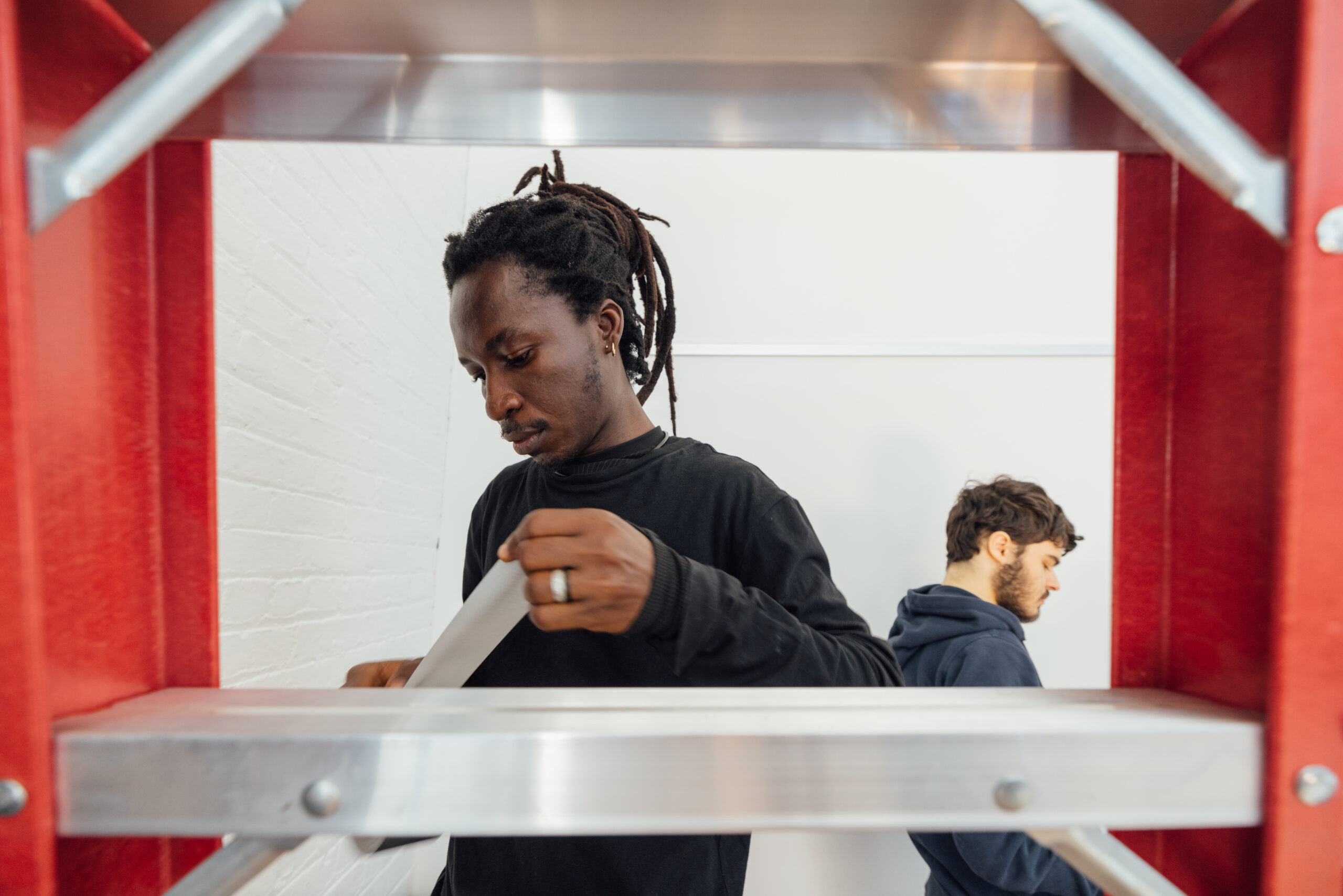
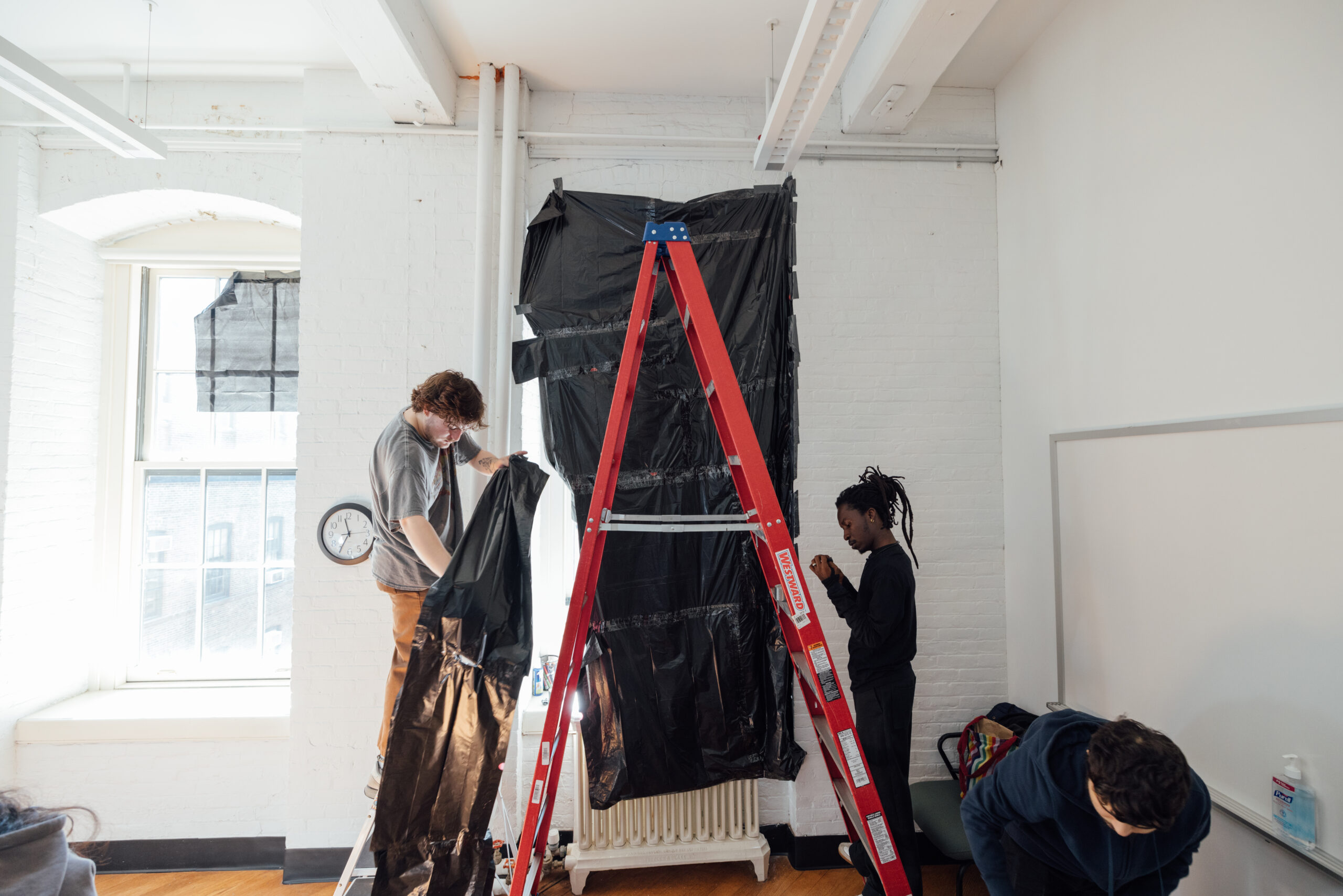
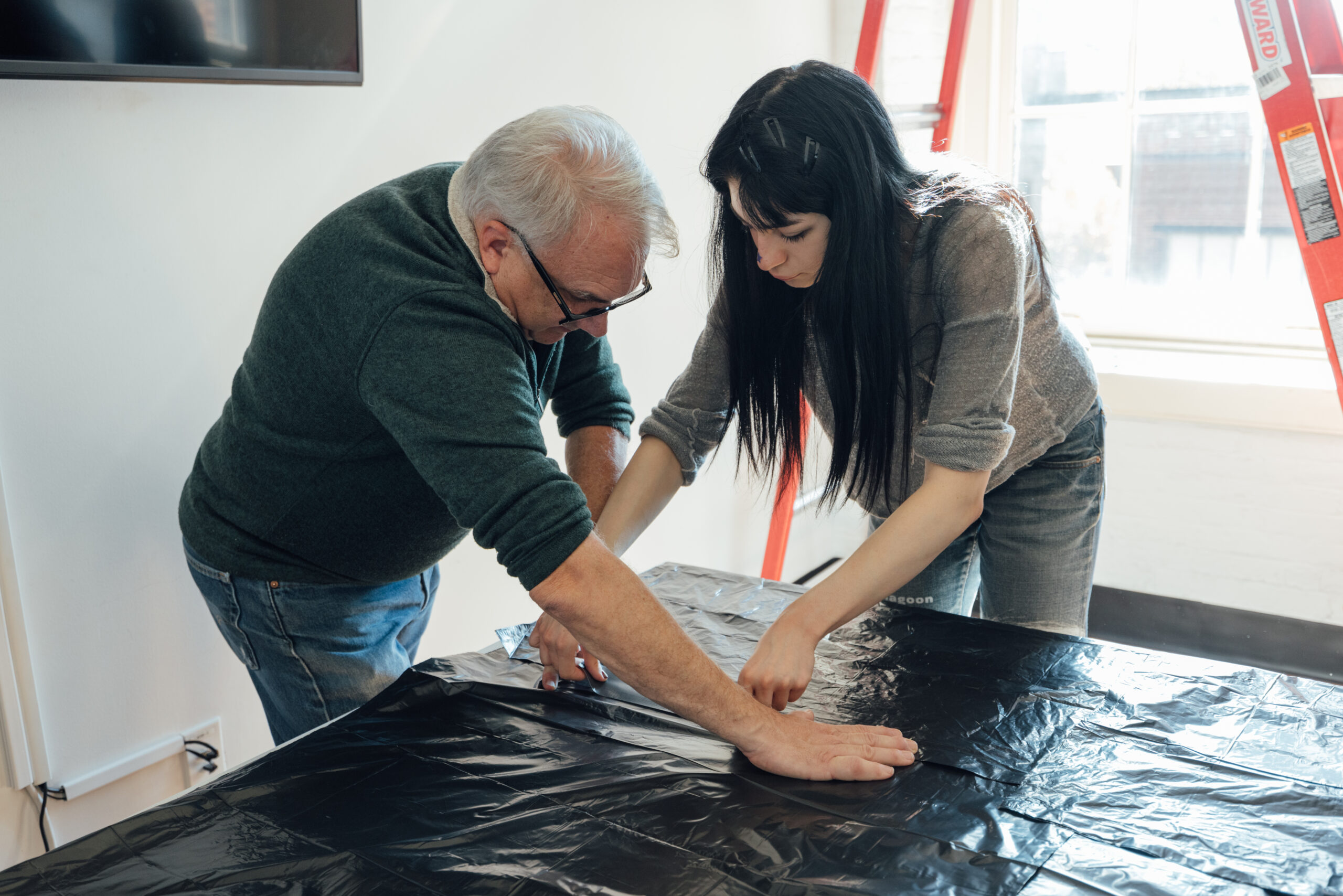
Perception, Photography, Perspective
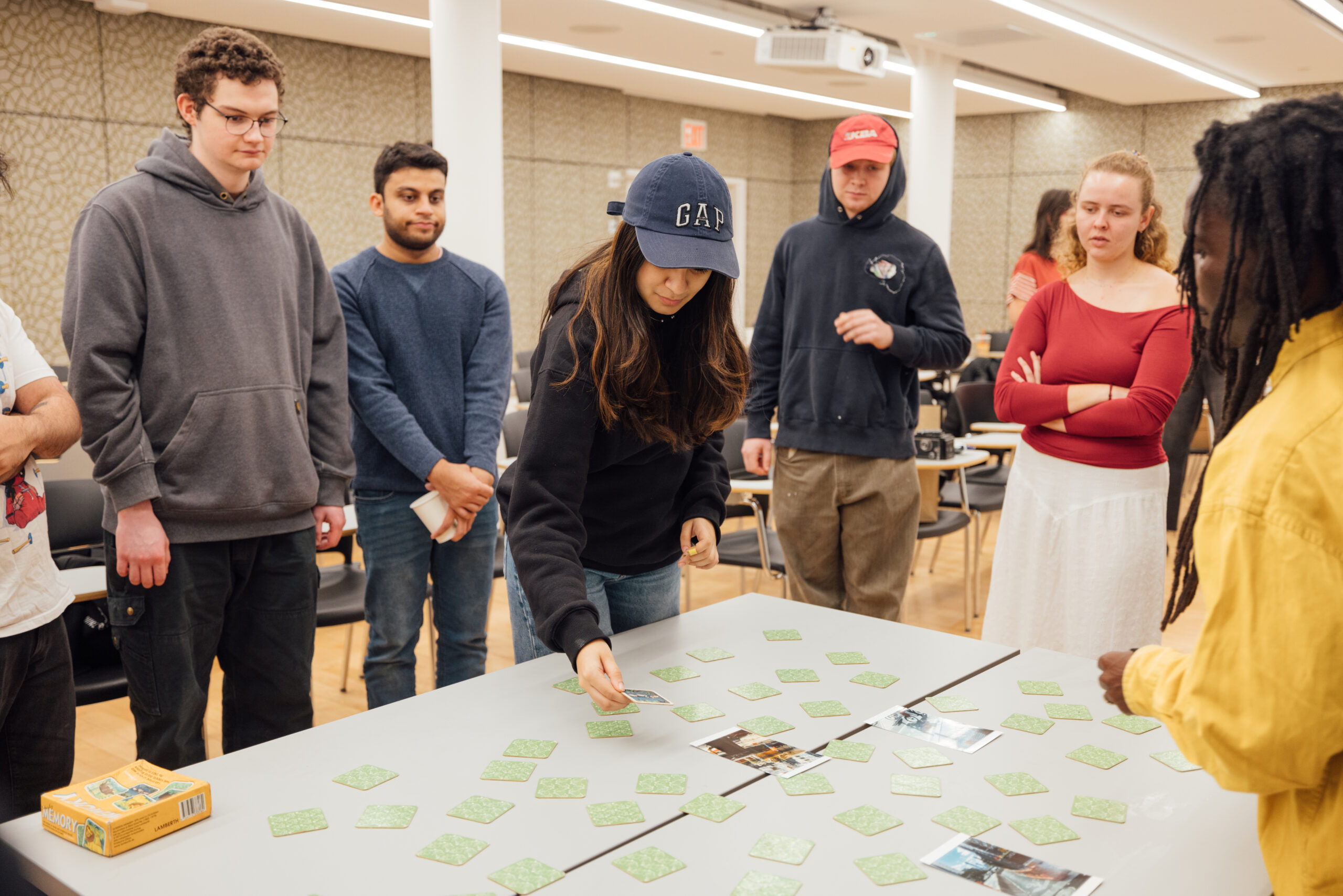
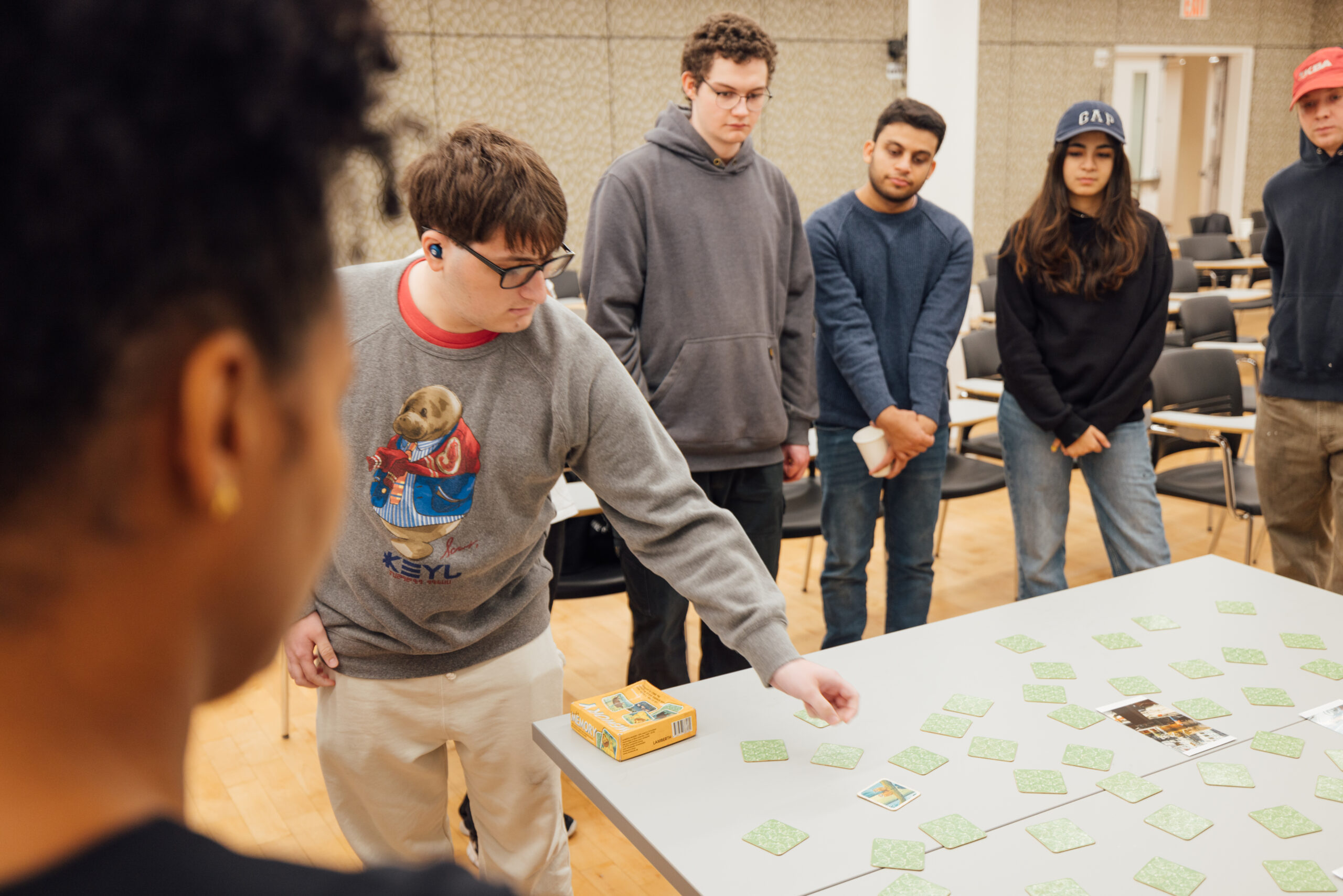
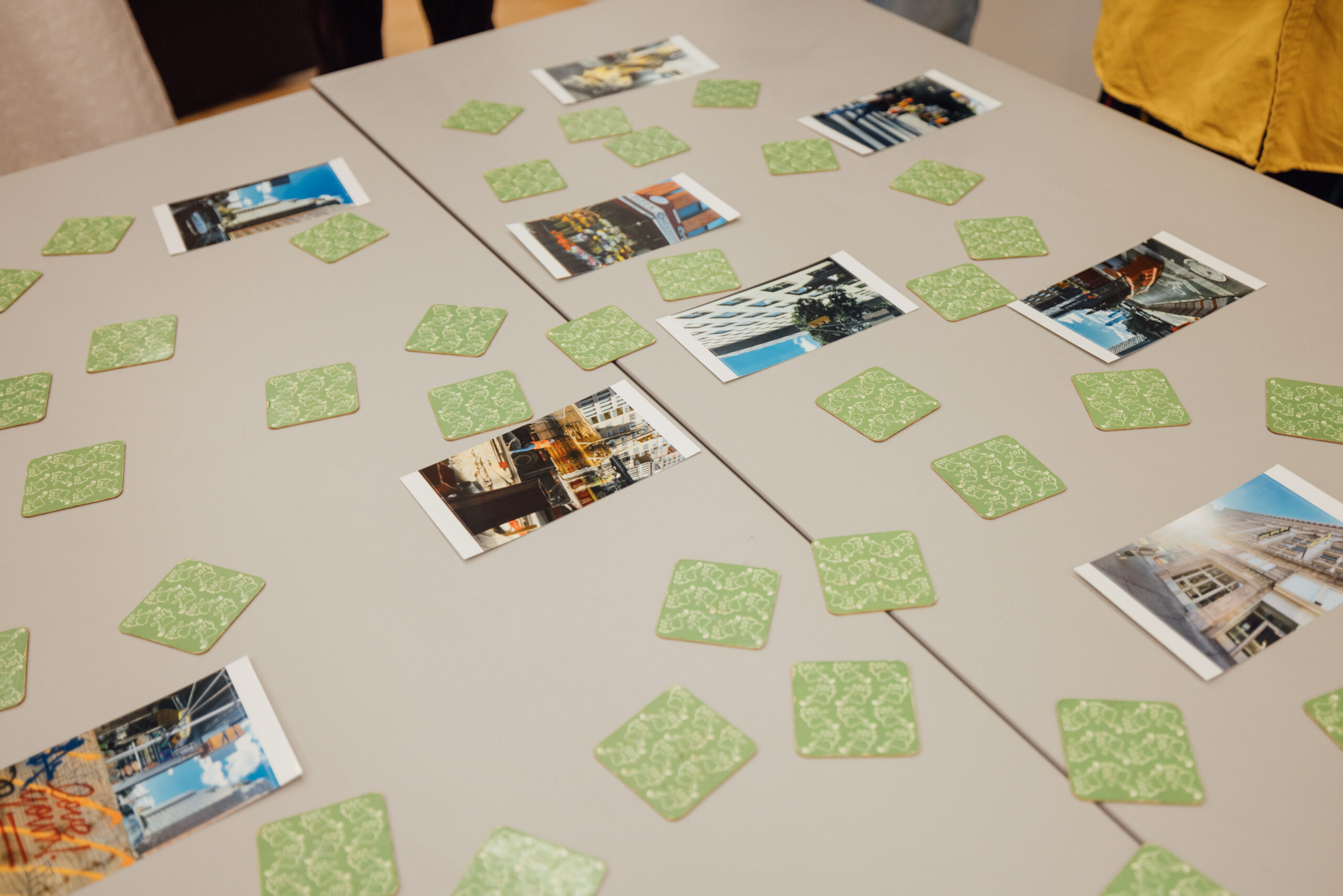
Foraging for Photograms
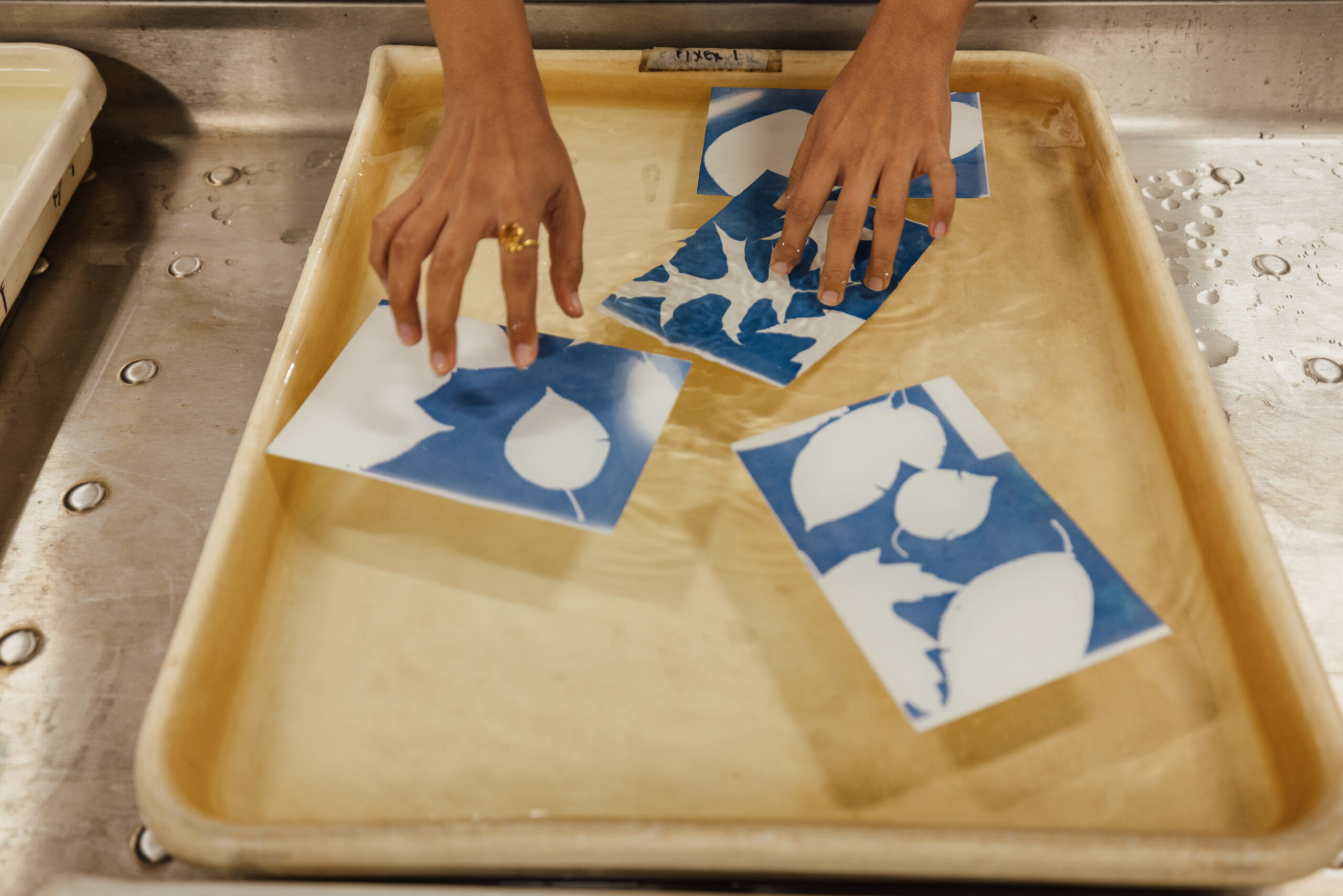
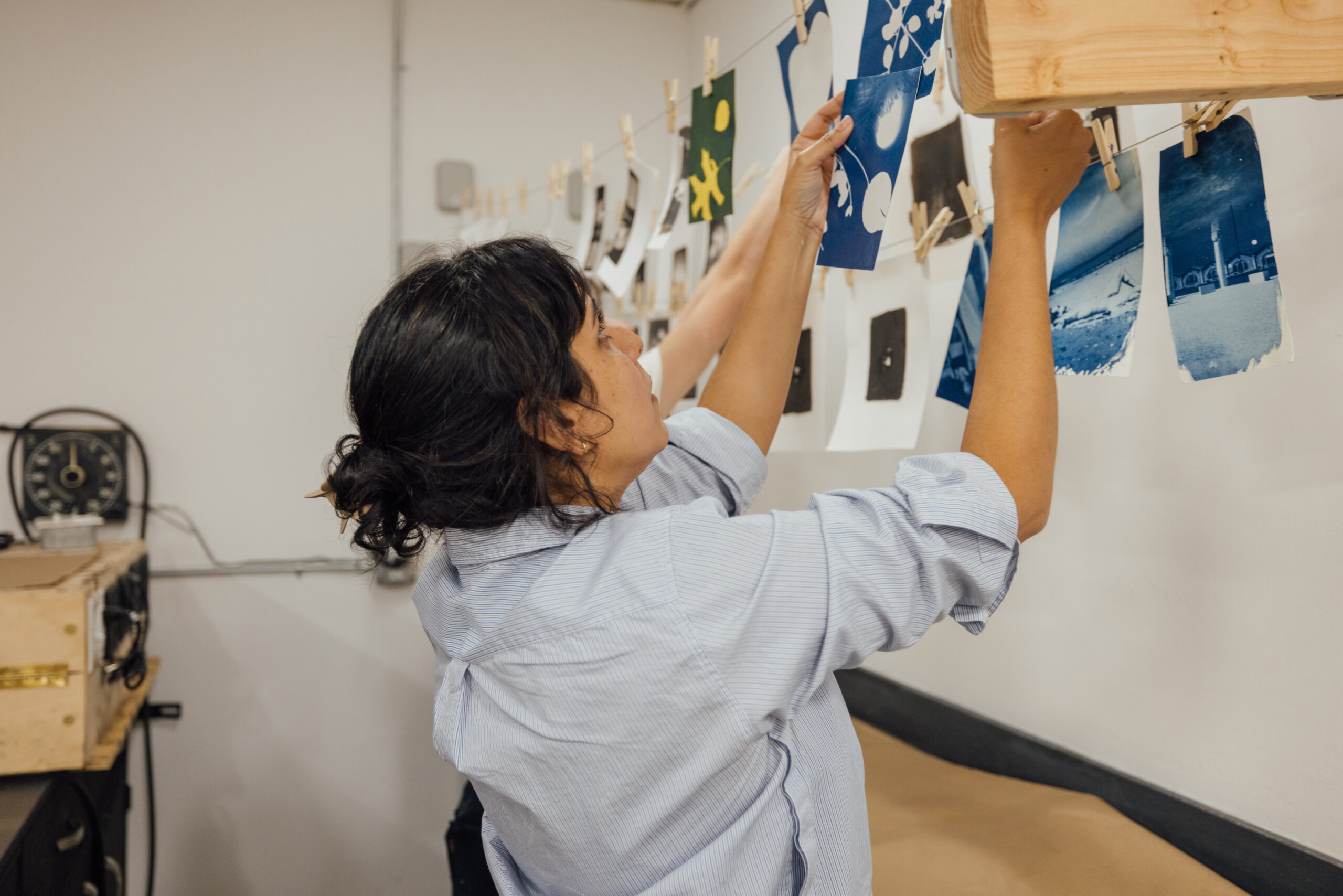
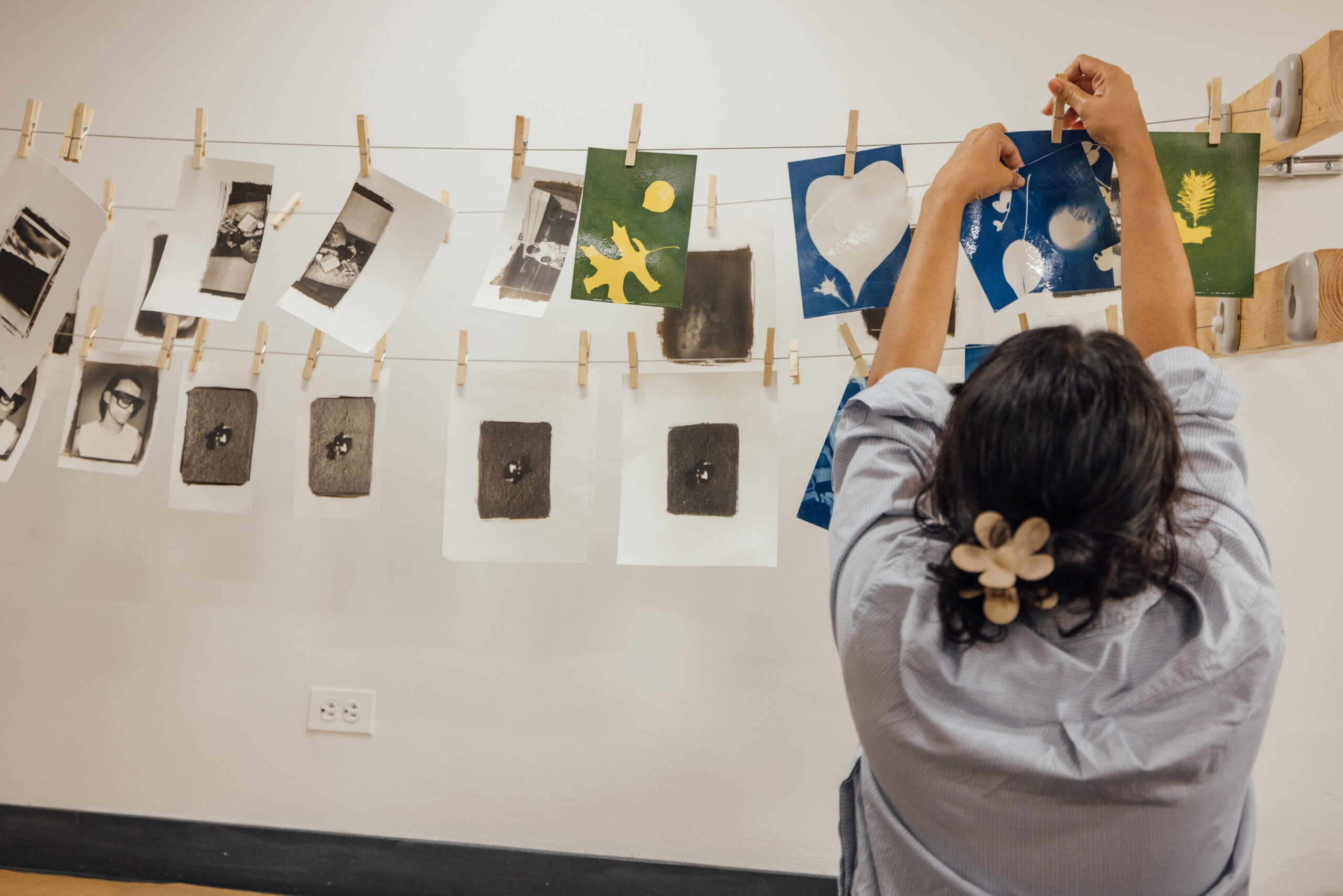
Eric Gyamfi (b. 1990, Ghana) is a photographer living and working in Ghana. Eric has a B.A in Information studies with Economics from the University of Ghana (2010 to 2014) and an MFA at the Department of painting and sculpture, Kwame Nkrumah University of Science and Technology(2018 – 2024 ). Gyamfi was also a fellow at the Photographers’ Master Class (Khartoum, Sudan 2016 and Nairobi, Kenya 2017, Johannesburg, South Africa 2018) and participated in the Nuku Studio Photography Workshops (2016) and World Press Photo West African Master Class (2017), both in Accra. His works have featured in A Diagnosis of time; Unlearn What You Have Learned Redclay Studios 2021), Ecologies and Politics of the Living (Vienna Biennale 2021), The 11th and 12th Bamako encounters (2017/2019), Fixing Shadows: Julius and I, (FOAM 2020, Autograph 2023), the 74th Berlinale International Film Festival(2024) and others. Gyamfi’s work examines the photographic medium, focusing on reprogramming its processes and materials to expand their functionality.
Spring 2024 Workshops
Umfundalai Essentials LIVE: Pan-African Dance for Mirroring and Strengthening Diverse Communities
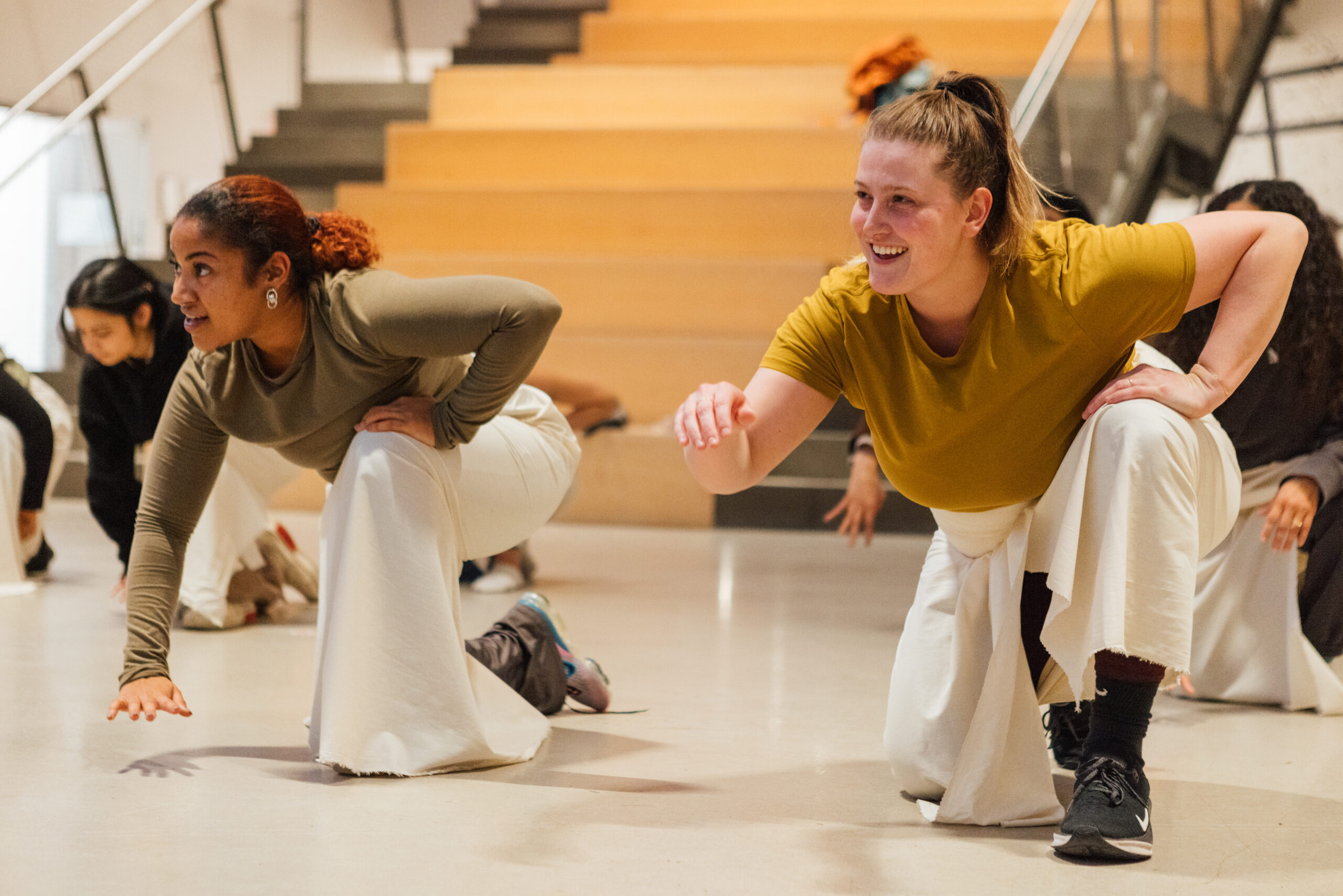
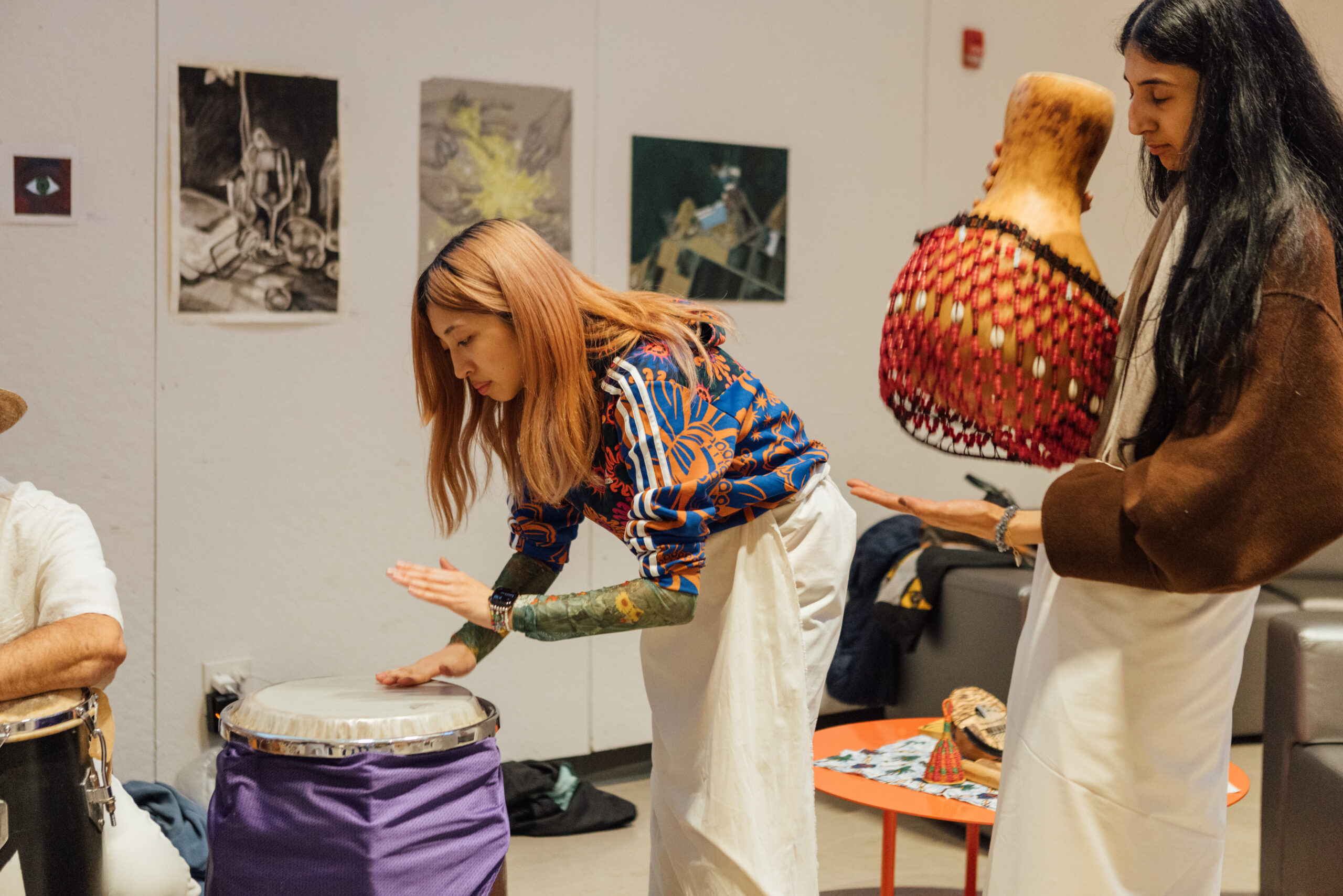
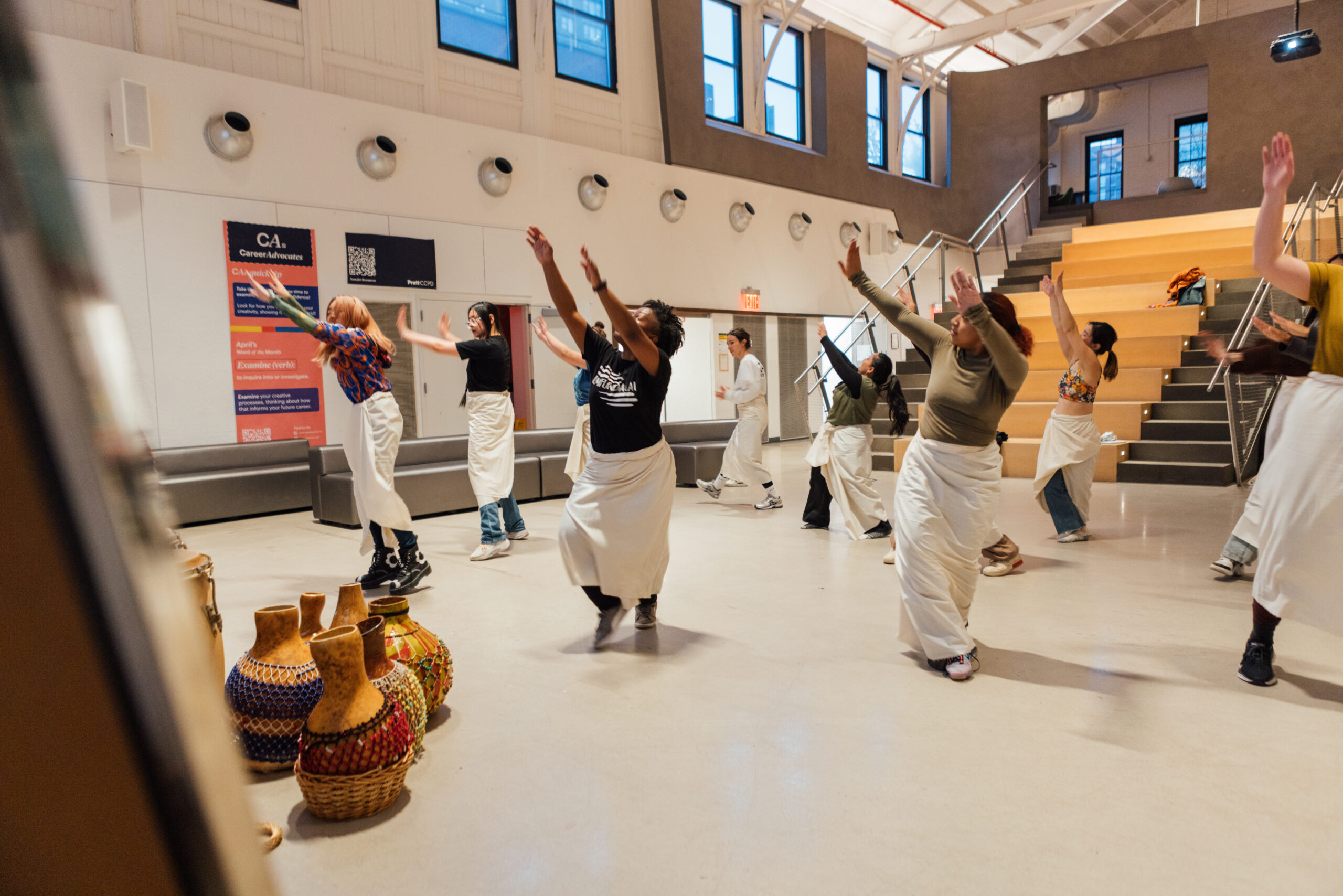
Hosted by Creative Arts Therapy
Participants had the opportunity to participate in lappa* art-making, a dance/movement therapy session with live drumming, and discussion. They investigated healing processes and the ways Umfundalai is a cultural resource. A lappa or lapa is a piece of cloth, worn throughout the continent of Africa, which looks like a skirt. Lapas are worn in informal and formal settings. In Umfundalai, this is about two yards of fabric that is tied around one’s waist when dancing or being present in the space.
Erin Bryce Holmes, MS, LCAT, BC-DMT, was an apprentice with Urban Bush Women, principal dancer with Kariamu & Company: Traditions, African American Dance Ensemble, Tania Isaac Dance, Dance Theatre X, Denovo, Ephrat Asherie Dance and with Bill T. Jones developing FELA! She is a Visiting Instructor in Pratt’s Creative Arts Therapy Department and a dance/movement therapist at Interfaith Medical Center, Umfundalai instructor, and directs Bryce Entertainment, LLC.
Poncilí Creación: Possibilities of Matter
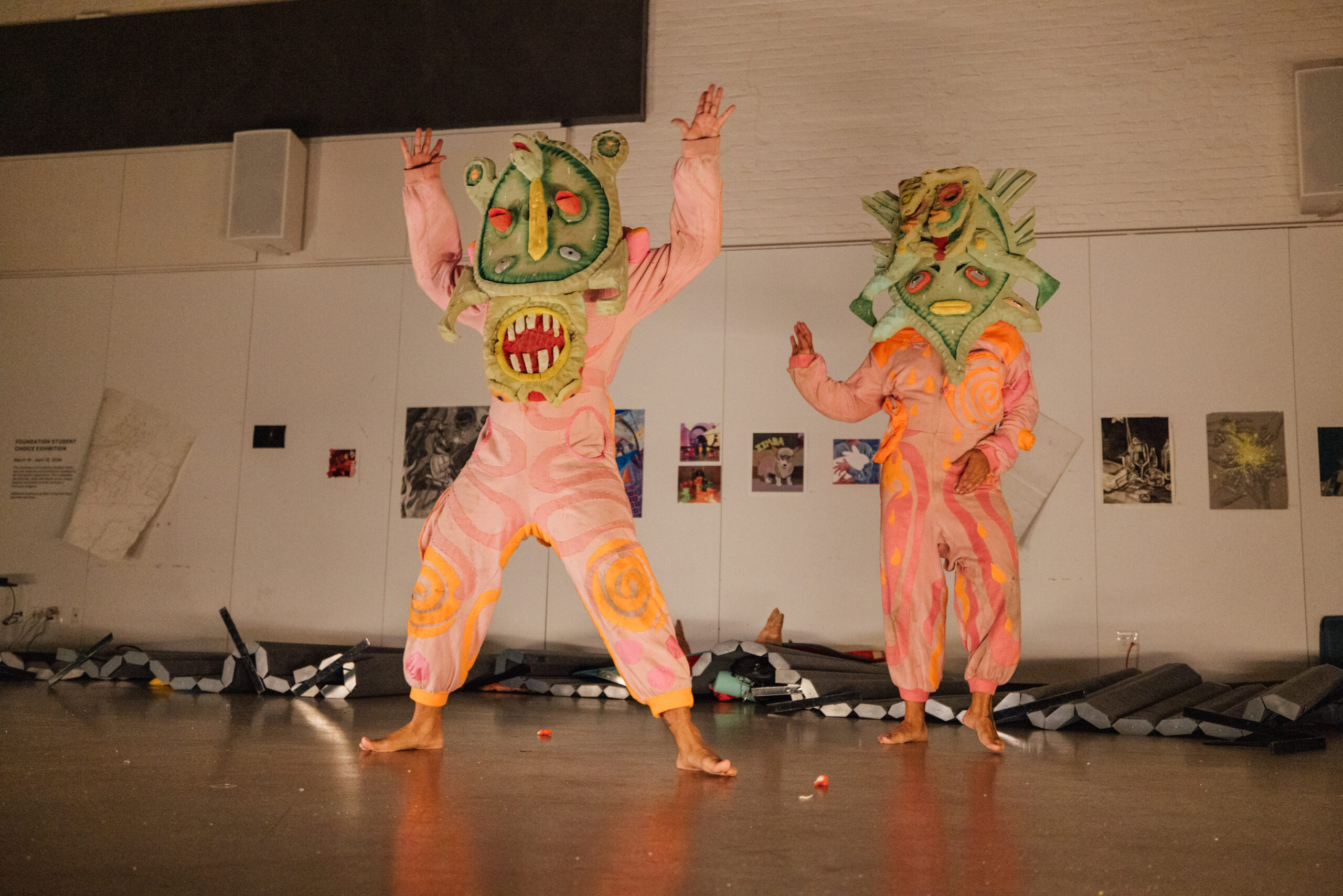
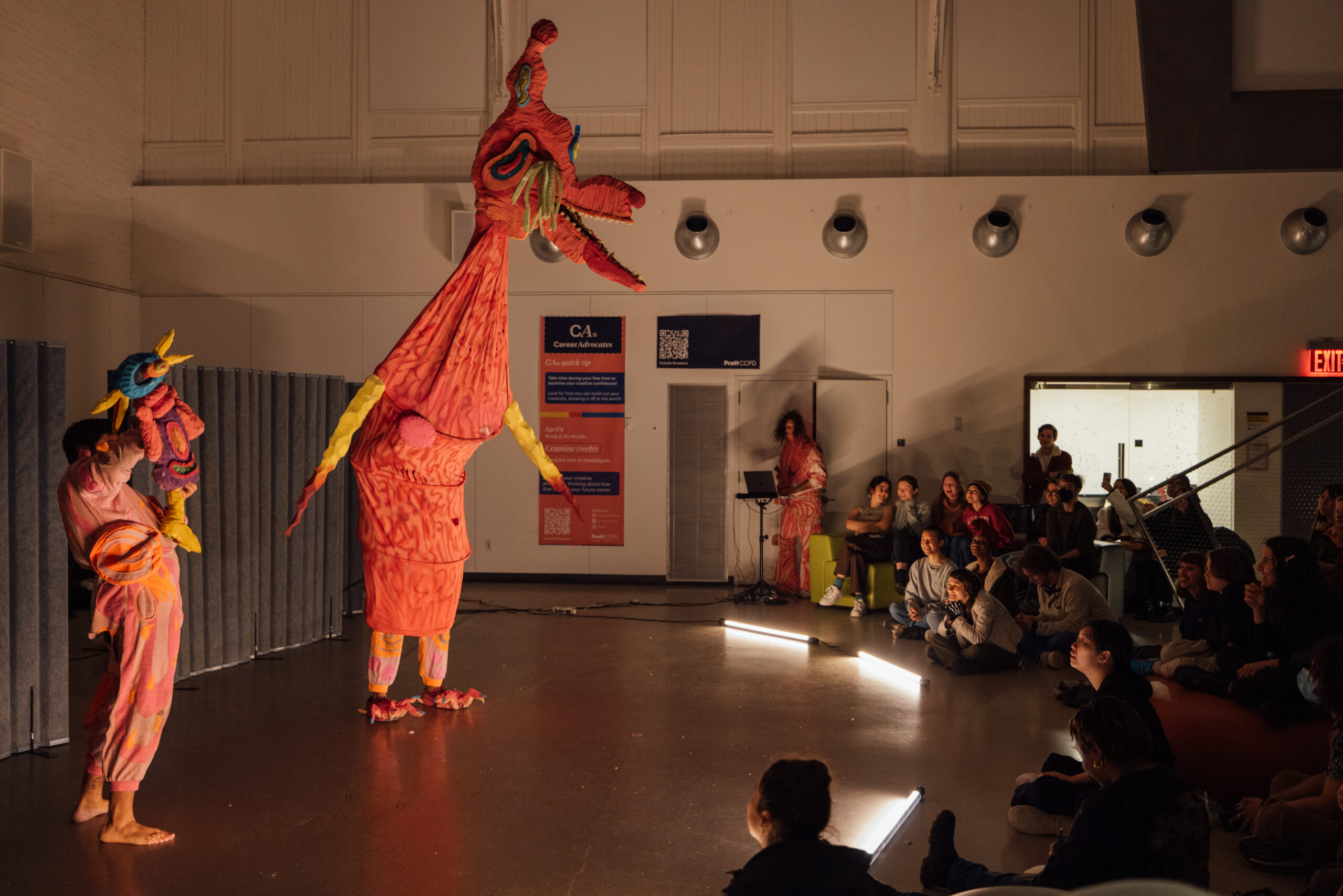
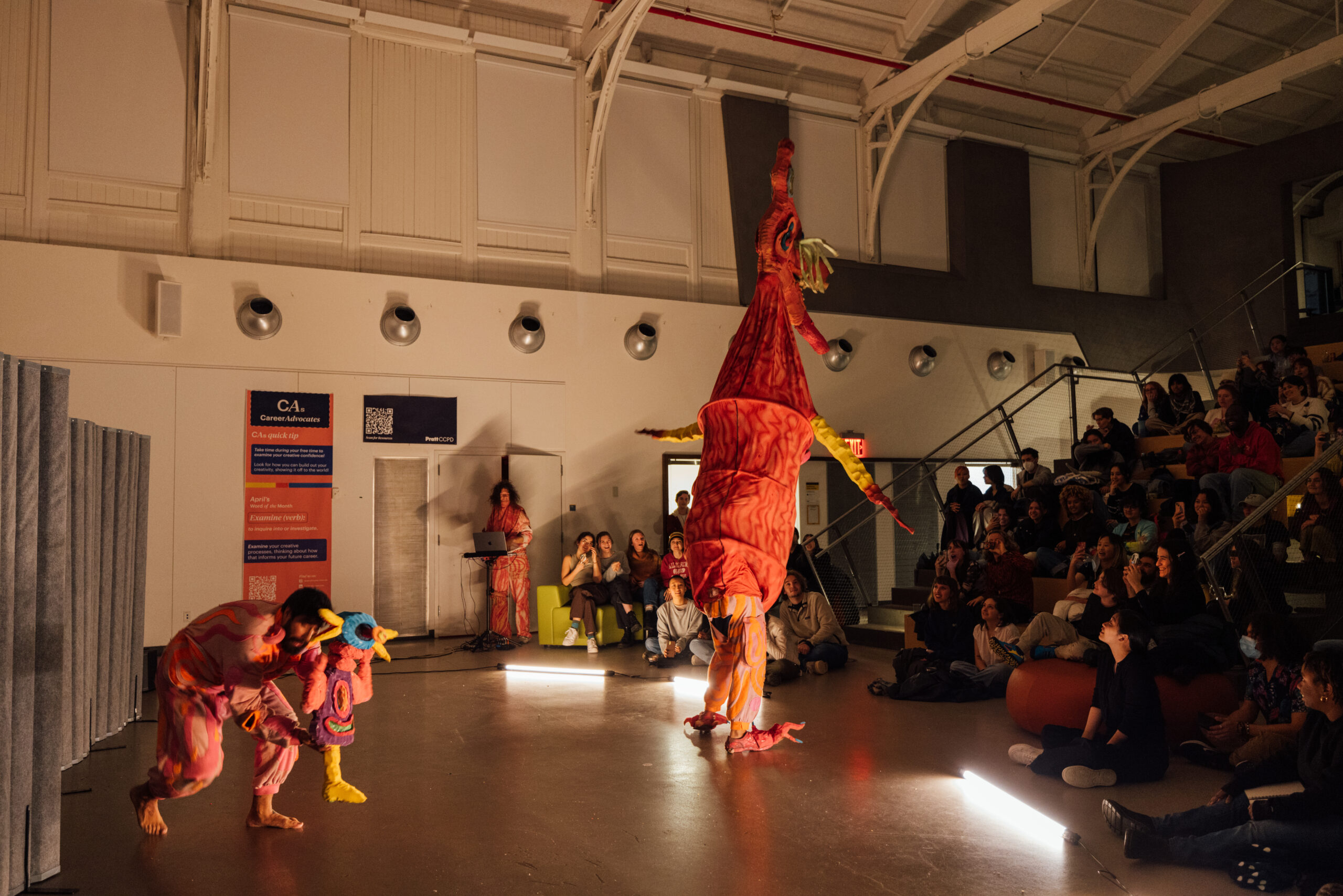
Hosted by Art and Design Education and Fine Arts
The workshops focused on taking a different approach to the production and creation of ideas in our modern world, with the intent on delivering a crash course on object manipulation and the transformation of matter. Participants had the opportunity to test new materials and unleash their creativity in an attempt to bring an idea from the mind into the 3D world. Championing DIY culture and artistic risk, the brothers explained why they see no limits when it comes to acquiring and transforming matter into objects that can come alive and interact with reality. They demonstrated the steps of conceptualization, sketching, creating, and activating soft sculptures. The goal was for participants to learn the skills needed to bring an idea to life and create an example—be it a puppet, a tool against the apocalypse, or both.
Cerebro de Abuela Piel de Piedra Performance
A wordless talk about the power of freedom and creativity in the 21st century disguised as a puppet show. “Poncilí Creacíon capture the spirit of mass protest in Puerto Rico.” – Eva Diaz, Frieze, March 2023.
Poncilí Creación is an art collective known for their fantastical and improvisational approach to puppetry and performance. Composed of identical twin brothers Pablo and Efrain Del Hierro, the duo describes its practice as a form of “speculative alchemy.”
Whose AI?



Artist Carrie Sijia Wang delivered a series of creative workshops exploring AI chatbots and their impact on society. Participants engaged in playful, explorative activities to build chatbots together, develop a clearer understanding of AI technologies and their social implications, and partook in critical conversations as these technologies continue to take shape.
Carrie Sijia Wang is an artist and educator based in New York. Combining art, technology, and research, she makes performances, videos, and participatory experiences to explore the humanization of machines and the mechanization of humans.